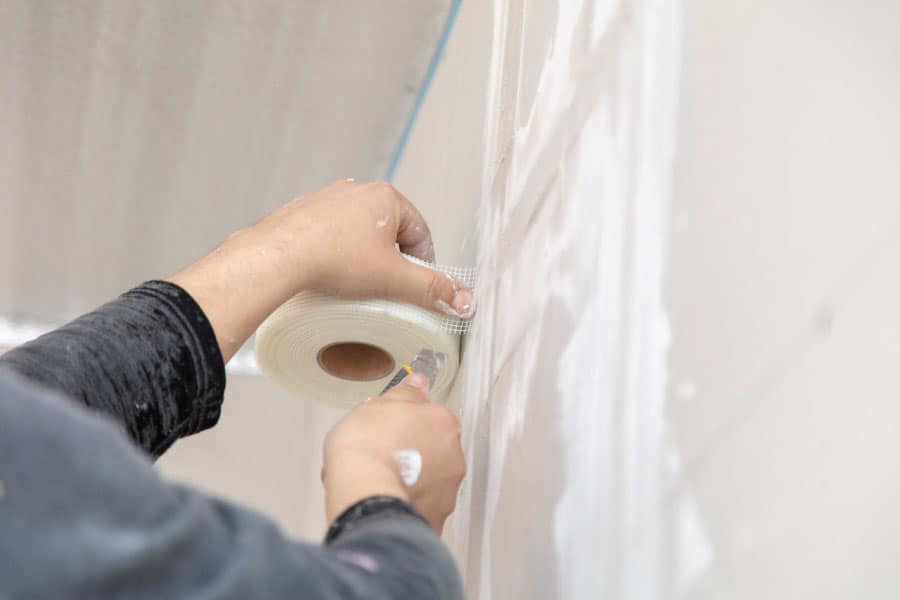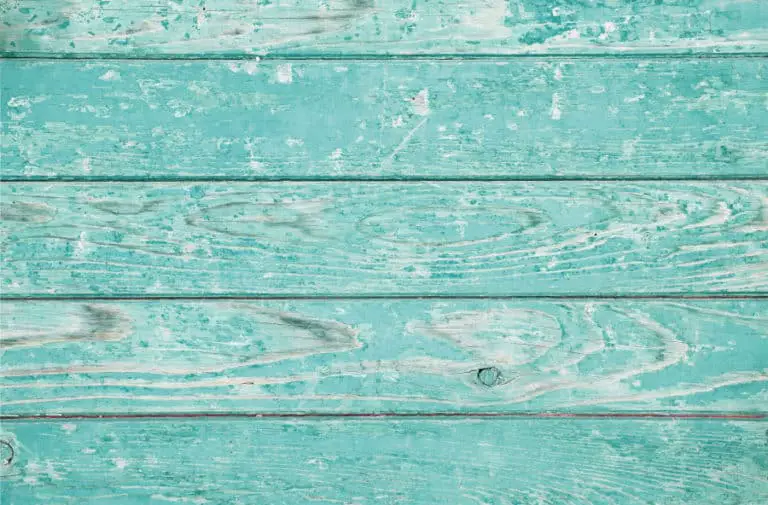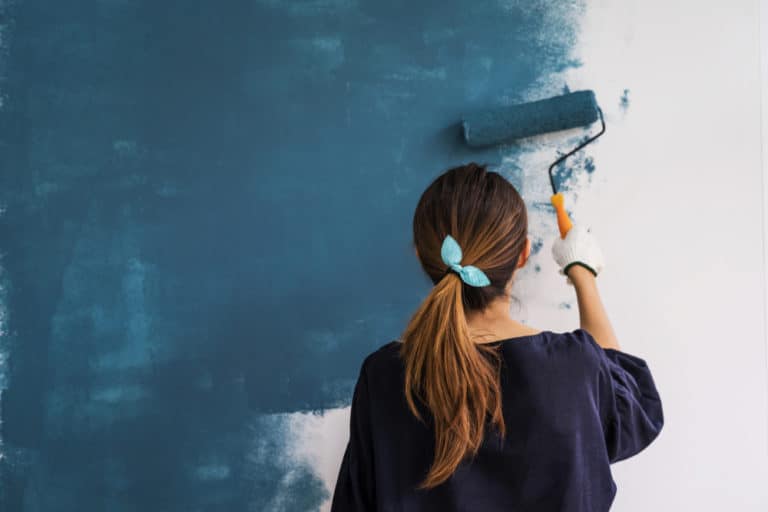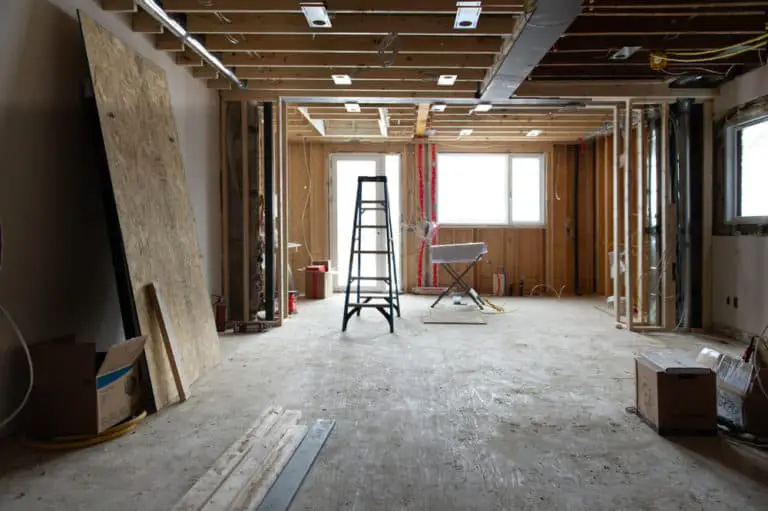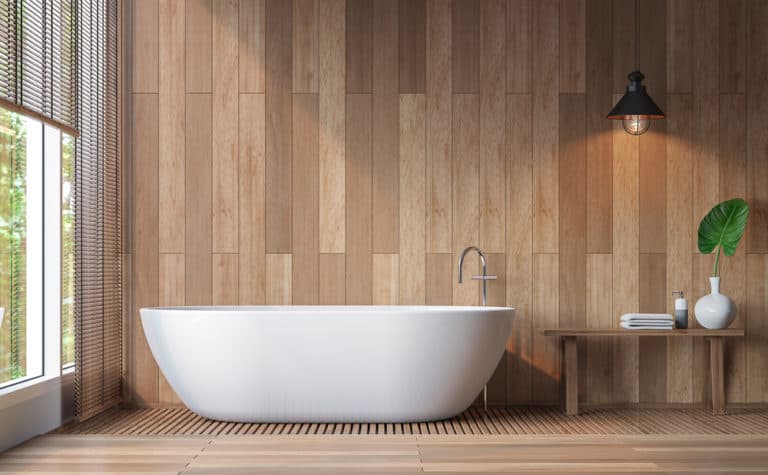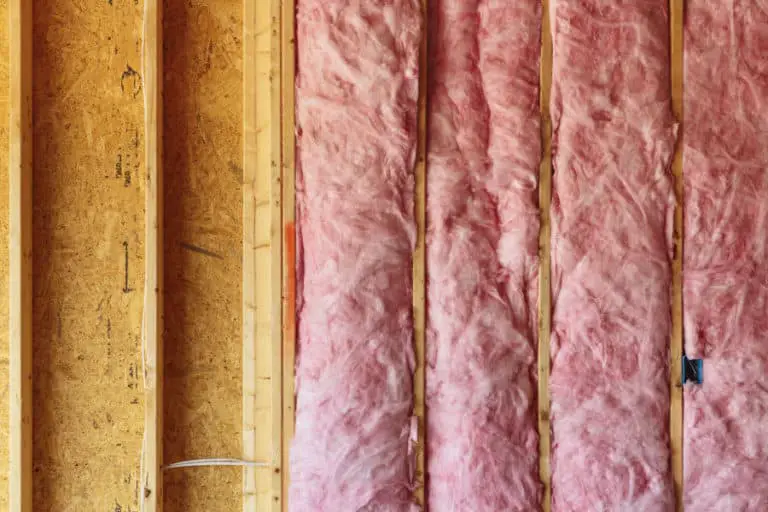What Happens If You Don’t Use Drywall Tape?
Drywalls are a very common and cost-effective means of adding vertical partitions in your home. They are easy to construct and do not require any heavy-duty work for it to be installed.
As they are commonly used and often used repeatedly in a house, the question now is how exactly should you finish your drywall to make them look the best they can.
Although it is not required, it is highly recommended to use drywall tape. If you skip out on using drywall tape, you’ll end up with a sloppy looking drywall finish. Applying tape to the joists of the drywall helps clean up the look.
In this article, we’ll be going more into drywall tape, how to use it properly, and a general overview on how finishes should actually be finished. Read on if you just want some guidance with installing your drywall or if you want to do a touch up renovation in your house.
What happens if there’s no tape?
If you don’t use drywall tape, the joints will be exposed and can easily be seen. Also, since it’s no longer a uniform surface, which tape provides. The purpose of mudding will be defeated as the mudding will not be enough to cover the entire gap created at the joint.
What is Drywall Tape?
Drywall tape is made out of either paper or mesh and is used to cover up the joints that can be found throughout the drywall. The joints are the gaps between the different drywall boards.
Note. This not to be confused with joists, which are the parallel members found in drywall.
Below is a table describing the qualities of these different types of tapes:
| Paper Drywall Tape | Mesh Drywall Tape |
| More applications | Moisture Resistant |
| More Durable | Better for DIY purposes |
| Requires drywall compound to stick | Stick on |
| Better for corners | Better for Flat surfaces |
Paper Drywall Tape is, as the name implies, made out of paper and carries the characteristics that come along with that material.
Mesh Drywall Tape is made out of fiberglass, the same material used for boats and surfboards, which also gives it the properties that come along with that material.
Note: Notice how I repeatedly mention that the material’s properties often transfer to the properties of the tape. This is true for most building materials, and knowing a bit about the materials and what they can or can’t do would be helpful when making decisions.
Which drywall tape should I use?
The only thing that you need to consider is the current conditions that the drywall undergoes on a day to day basis. Joints in the bathroom should preferably be covered up with a mesh drywall tape, while joints in the living room should be covered up with paper.
There’s also the question as to who’s installing the drywall tape. If it’s a DIY project, it would be a safer bet to go with the mesh wallpaper tape since it’s easier to apply and has fewer consequences if done erroneously. On the other hand, paper drywall tape tends to leave air pockets or crumple if not installed properly.
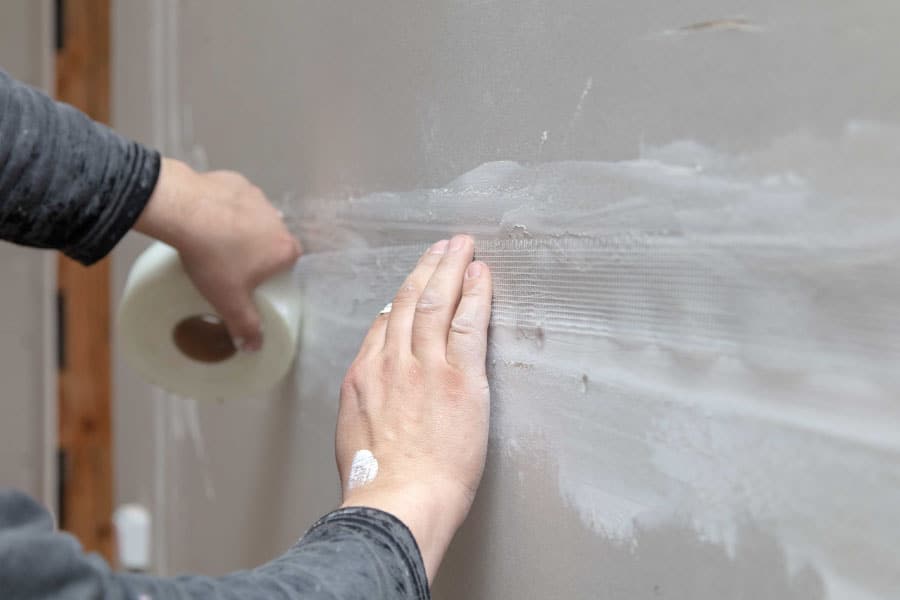
How to install drywall tape
When installing drywall tape, especially in the inner corners of a room, the name of the game is to make sure that everything is in alignment. Drywall tape usually comes with a seam in the middle that helps it fold and, at the same time, can also serve as a guide to make sure the tape is centered on the joists.
If using paper drywall tape, make sure to apply the drywall compound throughout the joint you wish to cover up. It doesn’t have to be even, it just needs to cover up the area.
Once that’s done, go ahead and start applying the tape. Make sure that it’s centered on the joint and that it fully stretches out. Upon placing it on the joint, start flattening it out and allow the drywall compound to ooze out of the tape. This is to ensure that no air bubbles are left between the tape and the wall.
If using mesh drywall tape, you no longer need to apply the drywall compound before taping over the joints. This will result in a faster finishing process as you don’t have to wait for the drywall compound to dry.
You will still need to apply the drywall compound over the mesh tape. At Least 2 layers of the compound before you can continue to the next part of your drywall.
Mudding
Now that you’ve installed drywall tape, now it’s time to move on to the next step of finishing your drywall which is Mudding. Mudding is repeatedly coating the drywall tape with drywall compound for it to even out and arrive at a flatter look.
Like drywall tape, there are different types of drywall compounds used for mudding. Since the process of mudding often involves multiple applications over an area. Different types of drywall compounds are used; some serve as a base while others serve as a finishing touch, depending on what type of paint or wallpaper you’ll be putting over your drywall.
The only time you should do mudding without first applying tape is for any cracks that show up along the wall. Only thin cracks such as a hairline crack, anything other than that will require more heavy-duty compounds or professional help.
The importance of doing this all correctly
Getting your drywall finishing done right is essential, especially if you plan to paint over it afterward. Any parts that aren’t finished properly, such as a visible seam or uneven sanding, will result in a sore thumb in the wall. Little details like this end up becoming the most noticed part of your drywall. As the principle of design goes, the parts that stand out tend to be the parts we pay the most attention to.
If you’re unsure of your skill level or if you want to ensure that your drywalls are finished properly, then you should consider hiring a professional. It may be costlier, but it can save a lot of future headaches and time.
A general rule of thumb is that DIY should only be done if you have experience doing DIY or if it’s a non-essential repair job.
Getting experience with DIY stems from working on simpler things, like retouching a part of your wood varnish or cleaning out the gutters. Gaining experience with working with tools, knowing what tools to use for the job, and knowing how some of these materials behave is a good skill to learn if you opt to do things yourself.
Conclusion
Drywall finishing is just one of the many touches that we add to make our homes look better. Almost every part of a house that can be seen had to be laid out properly and executed well. Paying attention to the smaller details add up and results in a good looking room.
In these cases, it’s better to not skip out on steps when applying finishes. It might be more convenient, time-saving, or cheaper in the short-term, but you will notice the consequences of not doing things properly over the long term. There’s a reason why construction managers and architects have to be very specific about installing things. There’s no reason why homeowners can think the same way.

